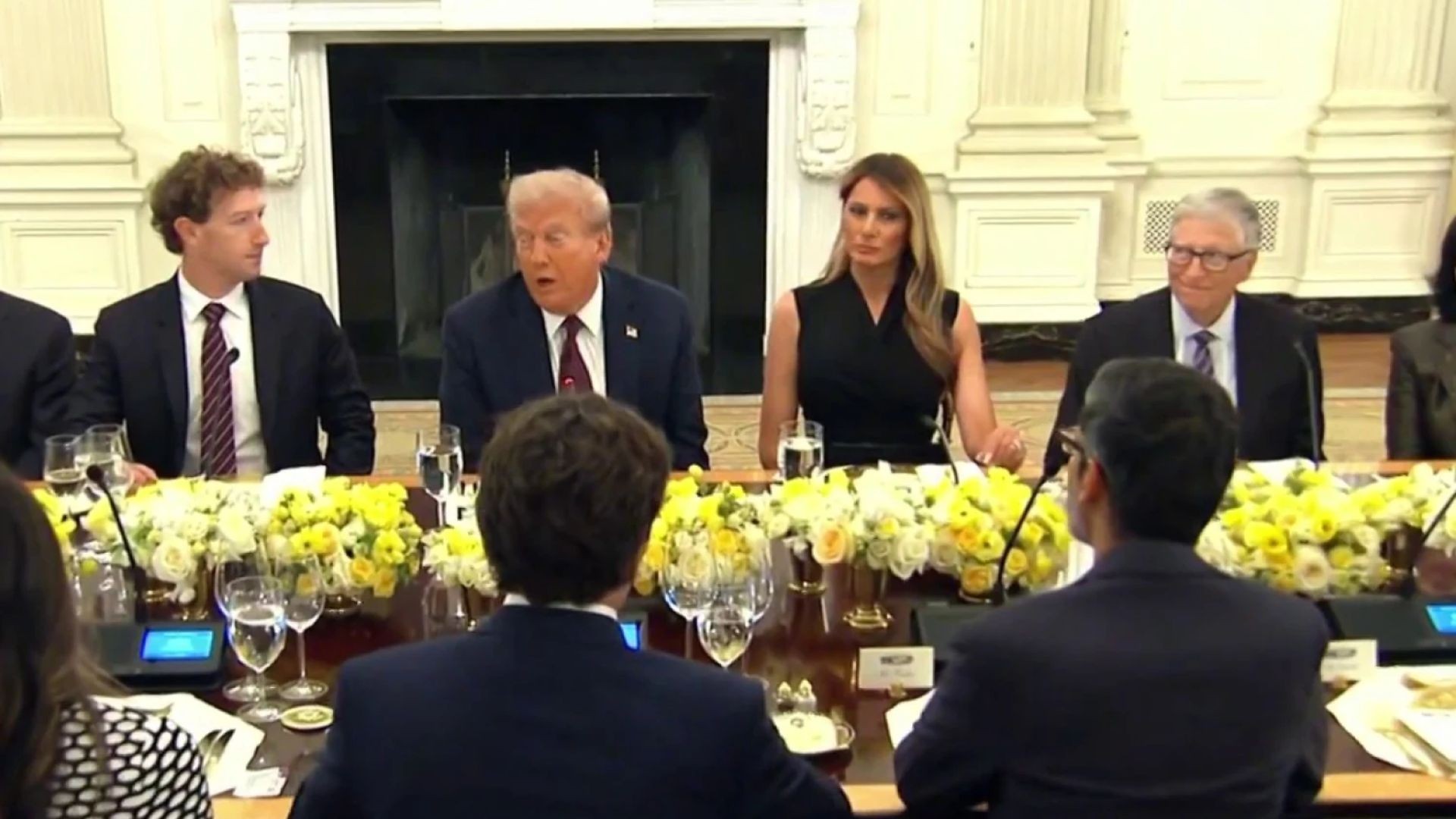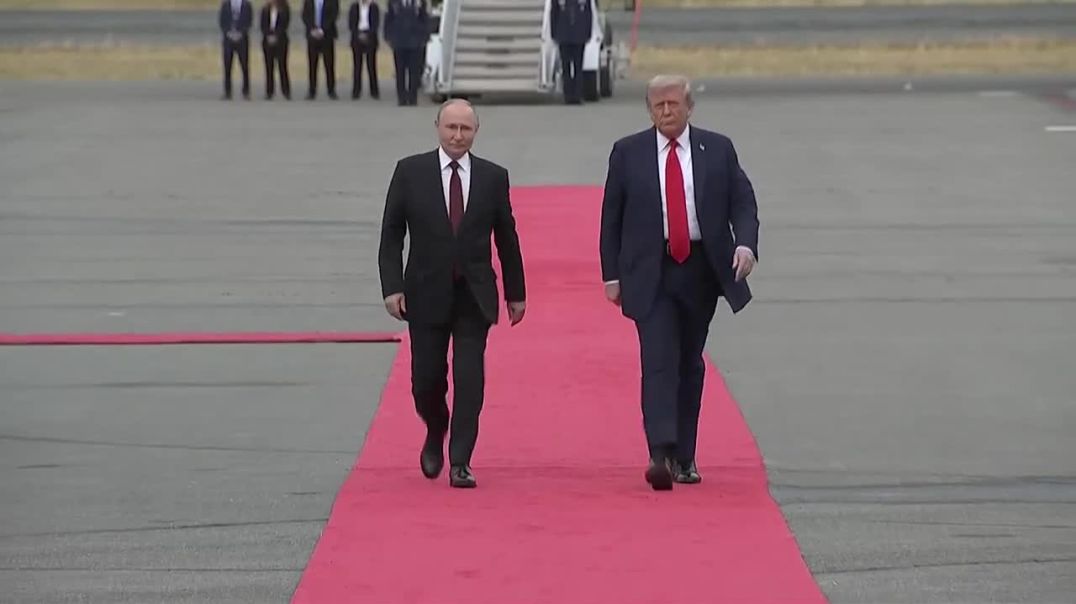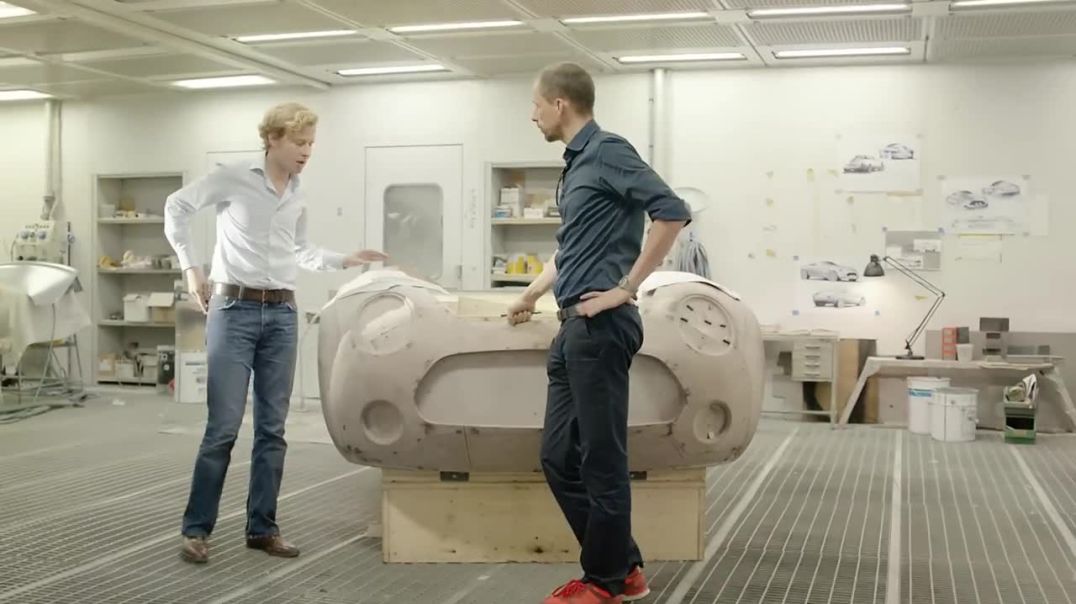87.9K Views· 05 April 2025
Trump’s Auto Tariffs: We Broke Down an F-150 to Explain Industry Impact
In 2018, then-President Donald Trump imposed steel and aluminum tariffs on imports, a move that sent shockwaves through industries around the world. One of the most significant impacts was felt by the automotive sector, with the Ford F-150 — America's best-selling truck — becoming a prime example of how tariffs affected manufacturers, suppliers, and consumers.
But how did a simple tariff on imported metals end up in a major price hike for vehicles like the F-150? Let’s break it down.
⚒️ The Tariffs: What Happened?
Trump’s decision to impose tariffs — ranging from 10% to 25% — on steel and aluminum imports, particularly from China, was part of his broader agenda to boost American manufacturing and reduce the trade deficit.
However, the automotive industry, reliant on global supply chains, felt the sting:
Steel and aluminum prices surged due to the tariffs, which increased production costs for automakers.
Imported components, many of which were vital for American-made cars, became more expensive.
While the aim was to protect U.S. manufacturers, domestic automakers found themselves facing higher costs and supply chain challenges.
🔧 Breaking Down an F-150: How Tariffs Impacted the Iconic Truck
To truly understand the financial strain, we decided to break down an F-150, one of the most popular trucks in the U.S., into its core components. Here’s what we discovered:
1. The Steel: 60% of the F-150’s Weight
The F-150 uses a significant amount of steel in its construction, especially in the frame, body panels, and engine components.
Tariffs on imported steel added roughly $500 to $700 per vehicle, depending on the model and components used.
2. The Aluminum: A Game Changer for Weight Reduction
Ford switched to aluminum for parts of the F-150 body to reduce weight and improve fuel efficiency. But aluminum is another material that became more expensive due to tariffs.
The cost increase from aluminum tariffs could be as high as $300 per vehicle.
3. The Supply Chain Impact
Beyond steel and aluminum, imported parts like sensors, chips, and interior components also became pricier due to tariff-induced inflation.
This led to an overall increase in production costs and delayed production schedules.
4. End Consumer Impact
As a result of higher production costs, retail prices for trucks like the F-150 increased — an additional $1,000 to $2,000 on average per vehicle.
Consumers, especially truck buyers, faced sticker shock, which could influence sales, especially in a competitive market.
💥 Broader Industry Impact
1. Disruption of Global Supply Chains
The auto industry is highly globalized, with parts sourced from all corners of the world. Trump’s tariffs forced manufacturers to find alternative sources or absorb the cost increases, leading to supply chain inefficiencies and delays.
2. Falling Profits for U.S. Automakers
While manufacturers like Ford and GM were among the hardest hit, foreign automakers such as Toyota, Honda, and BMW, who produce in the U.S., also faced rising production costs due to these tariffs.
3. Trade Retaliations and International Tensions
In retaliation, other nations imposed tariffs on American-made vehicles, particularly Europe and China, affecting U.S. automakers' export markets.
💬 Consumer Reaction and Sales
The reaction from consumers was mixed. While truck enthusiasts continued to flock to models like the F-150, the price increases did influence overall demand in other segments.
SUVs and compact cars saw a slight dip in sales as consumers looked for cheaper alternatives, often opting for smaller, imported vehicles that weren’t as impacted by tariffs.
🚗 Final Thoughts: Did It Work?
While the goal of protecting American steel and aluminum workers seemed noble, the auto tariffs created a ripple effect that made it harder for U.S. automakers to remain competitive in a global market. The F-150’s higher cost was just one of many examples, with global supply chains suffering as a result.
For the American consumer, the effects were visible in higher prices, but the long-term benefits of the tariffs remain up for debate. In the end, it was a balancing act between domestic job protection and global market competitiveness.
Want a more in-depth analysis of how the tariffs impacted other industries? Or perhaps insights into how the auto industry adapted post-tariff? Let me know!



























41 Comments
Blue Tomato Tees
1 hour agoJoe
10 hours agoHealthy Smile Dentistry
12 hours agoPetite School House
2 days agoJanis McGruder
2 days ago